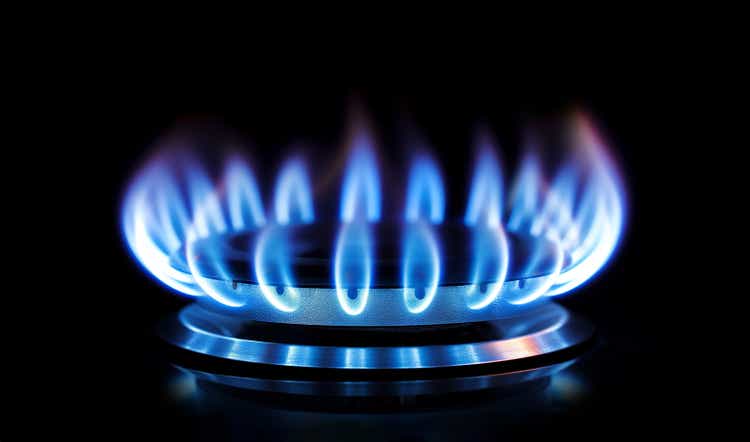Smoking weed, according to a small new study out of University of California San Francisco, is bad for your heart—and so is consuming cannabis as an edible.
The report, published May 28 in JAMA Cardiology, found that people who regularly used marijuana in either form had vascular function that was reduced by about half when compared to those who did not use cannabis—a dysfunction comparable to that of tobacco smokers.
The findings stand to resonate with many: Cannabis is the most commonly used federally illegal drug in the United States, with about 52.5 million people, or about 19% of Americans, having used it at least once in 2021, according to the Centers for Disease Control and Prevention.
Though it’s unclear how THC (tetrahydrocannabinol, the psychoactive compound of cannabis) damages blood vessels, such decreased blood vessel function is associated with a greater risk of cardiovascular conditions including heart attack and hypertension.
For the study, researchers recruited 55 seemingly healthy people aged 18-50 who consumed or smoked cannabis at least three times a week for at least a year; smokers averaged 10 years of chronic use, while those who took edibles averaged five.
Though all cannabis users displayed reduced blood vessel function, the smokers had an additional issue: detectable changes in their blood serum that were harmful to endothelial cells, which form the inner lining of all blood and lymphatic vessels.
The researchers note that, since 2017, many studies have emerged that indicate marijuana may elevate cardiovascular risk, including stroke and heart attack, and the American Heart Association has concluded that the negative health implications of cannabis use warrant further research.
“Notably,” they write, “this current study shows a clear increase in early indicators of vascular dysfunction in otherwise healthy cannabis users.”
Other health impacts of cannabis use
Compromised heart health is just one area of risk that comes with marijuana use: Recent studies have found associations with reduced brain activity, addiction and withdrawal syndrome, schizophrenia, depression, psychosis, anxiety, and decreased male fertility.
Part of the danger has come from the increased potency of today’s marijuana, according to a Yale School of Medicine article, which noted that the THC content has gone from an average of 4% in 1995 to upwards of 17%—and up to 90% for some oils and edibles.
“The marijuana and cannabis products that your grandparents may have used are very different from what’s out there now,” said Deepak Cyril D’Souza, MD, Albert E Kent Professor of Psychiatry at Yale School of Medicine.
The health risks become more worrisome as cannabis use continues to rise, especially among adults over 65, whose current use (meaning within the past 30 days) was just found to have increased from 4.8% in 2021 to 7% in 2023. And this demographic may be even more susceptible to the harms of the drug, reports the New York Times.
“As a geriatrician, it gives me pause,” Dr. Benjamin Han, the geriatrician and addiction medicine specialist at the University of California, San Diego behind the recent findings on older people’s cannabis use, told the Times. “Our brains are more sensitive to psychoactive substances as we age.”
As older adults’ use climbs, “the benefits are still unclear,” Han said. “But we’re seeing more evidence of potential harms.” That includes recent research finding cannabis-related emergency room visits and hospitalizations rising for older adults, a Canadian study finding an association between those incidents and subsequent dementia, and a report that found increasing rates of health care encounters documenting cannabis-related disorders among older adults.
Still, there are health and wellness benefits to cannabis use, too—and the balance between the good and bad can be a tricky one to strike. Thirty-nine states and the District of Columbia now allow cannabis use for medical reasons—with 24 of those states, as well as Washington, also allowing recreational use.
Cannabis may help alleviate pain—although some researchers contend that it performs little better than a placebo, according Scientific American. It may also decrease chemotherapy-induced nausea, calm epileptic seizures, ease the symptoms of multiple sclerosis and serve as a sleep aid.
But, as the recent study on cardiovascular risk notes, “There is a popular belief that marijuana smoke is harmless. However, marijuana smoke contains many of the thousands of chemicals contained in tobacco smoke, along with fine particles that contribute to cardiovascular morbidity and mortality.
“As cannabis legalization increases,” the researchers write, “it is crucial to understand the public health and clinical implications of marijuana use.”
More on cannabis:
- Employees who use and abuse marijuana miss more work, new study shows
- Daily marijuana users are more likely to take this health hit, a new study finds
- Marijuana-related emergency room visits by California seniors have soared by over 1,000% in the past 15 years
This story was originally featured on Fortune.com

 1 day ago
1
1 day ago
1














 English (US) ·
English (US) ·